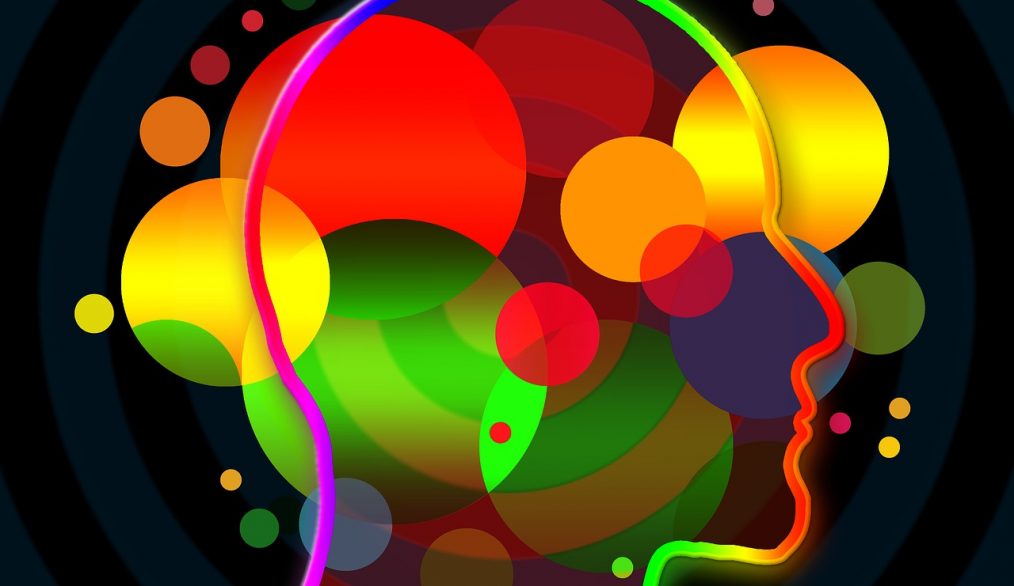Lust
Lust is sexual desire: an interest in sexual contact with another person or even with other objects (e.g., animals, inanimate objects). |
Scholars have taken different positions regarding the origins of lust. Sigmund Freud (e.g., Freud, 1905/1910) and more modern theorists such as Kaplan (1979) viewed lust as a drive that originates within the individual who experiences it, possibly from biochemical sources. Other modern theorists (e.g., Verhulst & Heiman, 1979) have argued that lust is caused by external object, for instance, an attractive person. A third view is that lust has both internal and external origins.
Lust differs from individual to individual. As Regan and Berscheid (1999) discuss, lust varies in both frequency and intensity across people. Additionally, people differ in regard to the specific types of sexual activities that they prefer and in the number of preferred sexual activities (i.e., some prefer more variety than others).
Also, different people have different objects of desire. The list of possible objects is long: other people (same or opposite sex or both), numbers of other people (i.e., some are attracted to more people than others), specific body parts (e.g., one may have a fetish for feet), children, animals, inanimate objects, and so forth.
Scholars disagree about whether lust is technically an emotionOpens in new window. However, most agree that lust is often closely associated with an emotion: romantic love.
Both Sigmund Freud and the early sexologist Havelock Ellis (1933/1963) believed that lust was a significant part of romantic love. Some researchers have studied the relationship between lust and romantic love.
For example, Meyers and Berscheid (1997) asked research participatnts to identify people with whom they were in love and those whom they felt a sexual attraction. They found that most people’s list of attractive people was longer than their list of people toward whom they felt romantic love; they nearly always said that they were sexually attraced to people with whom they were in love but did not necessarily say that they were in love with people to whom they were attracted.
See also:
- Ellis, H. (1963). Psychology of sex. New York: New American Library of World Literature. (Original work published 1933)
- Freud, S. (1910). Three contributions to the sexual theory (A. A. Brill, Trans.). New York: Journal of Nervous and Mental Disease. (Original work published 1905)
- Berscheid, E., & Heller, M. (1999). Desire. In D. Levinson, J.J. Ponzetti, & P.F. Jorgensen (Eds.), Encyclopedia of human emotions (2nd ed. pp. 184 – 188). New York: Macmillan Reference USA.
- Regan, P.C. & Berscheid, E. (1999). Lust: What we know about human sexual desire. Newbury Park, CA: Sage.
- Kaplan, H.S. (1979). Disorders of sexual desire and other new concepts and techniques in sex therapy. New York: Simon and Schuster.
- Meyers, S.A., & Berscheid, E. (1999). Lust: What we know about human sexual desire. Newbury Park, CA: Sage.
- Verhulst, J., & Heiman, J. R. (1979). An interactional approach to sexual dysfunctions. American Journal of Family Therapy, 7, 19 – 36.


